JamesD
Between darkrooms
- Joined
- Mar 20, 2005
- Messages
- 1,054
- Reaction score
- 44
- Location
- Living in Snapshot reality.
- Can others edit my Photos
- Photos NOT OK to edit
Actually, this applies to color, as well.
I'm about ready to give up on it. Out shooting tonight, I metered on a white surface, adjusted my exposure as I normally would, plus some--two and a half stops over--to get white, and bracketed a stop and a half above and below. Still, the negative is underexposed. Is there something I'm missing here? The negative may be marginally printable, but I'd like to have one that's well-exposed, rather than thin areas of silver on transparent film base. I've tried this before, always without success, and it's getting on my nerves.
How do you shoot at night? Is there something I'm missing? Is it simply beyond the capability of the film? (I find that idea difficult to believe). Is it necessary to way overexpose illuminated areas and dodge them a lot in printing in order to achieve detail in darker areas? I'm not looking for a lot of detail, since the illuminated areas are obviously the subject, but a little bit would be nice.
I'm about ready to give up on it. Out shooting tonight, I metered on a white surface, adjusted my exposure as I normally would, plus some--two and a half stops over--to get white, and bracketed a stop and a half above and below. Still, the negative is underexposed. Is there something I'm missing here? The negative may be marginally printable, but I'd like to have one that's well-exposed, rather than thin areas of silver on transparent film base. I've tried this before, always without success, and it's getting on my nerves.
How do you shoot at night? Is there something I'm missing? Is it simply beyond the capability of the film? (I find that idea difficult to believe). Is it necessary to way overexpose illuminated areas and dodge them a lot in printing in order to achieve detail in darker areas? I'm not looking for a lot of detail, since the illuminated areas are obviously the subject, but a little bit would be nice.


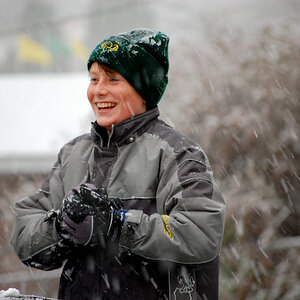
![[No title]](/data/xfmg/thumbnail/38/38744-40fa9998379b0f33925964a11a718029.jpg?1619738704)
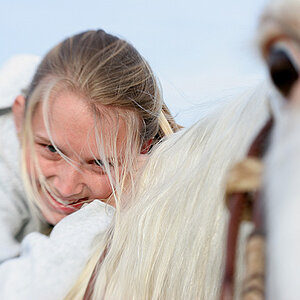
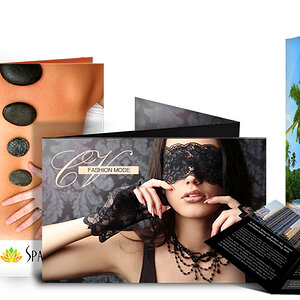
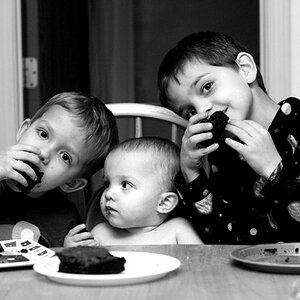
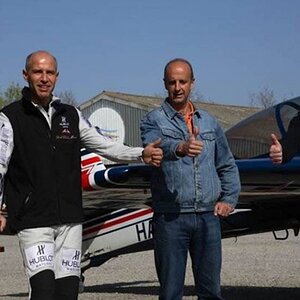
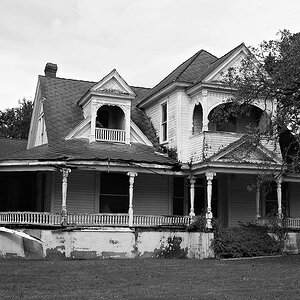
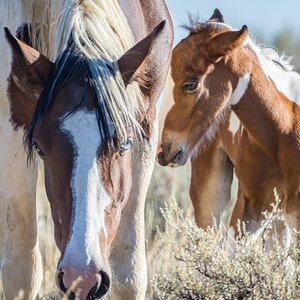
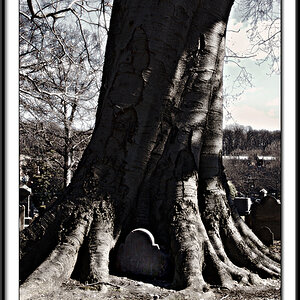
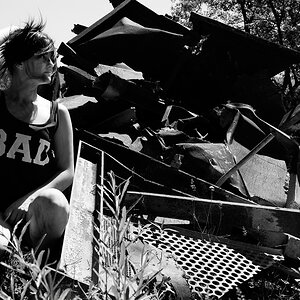
![[No title]](/data/xfmg/thumbnail/38/38741-89a8c6f9d841889783a4fae2b8c40902.jpg?1619738704)